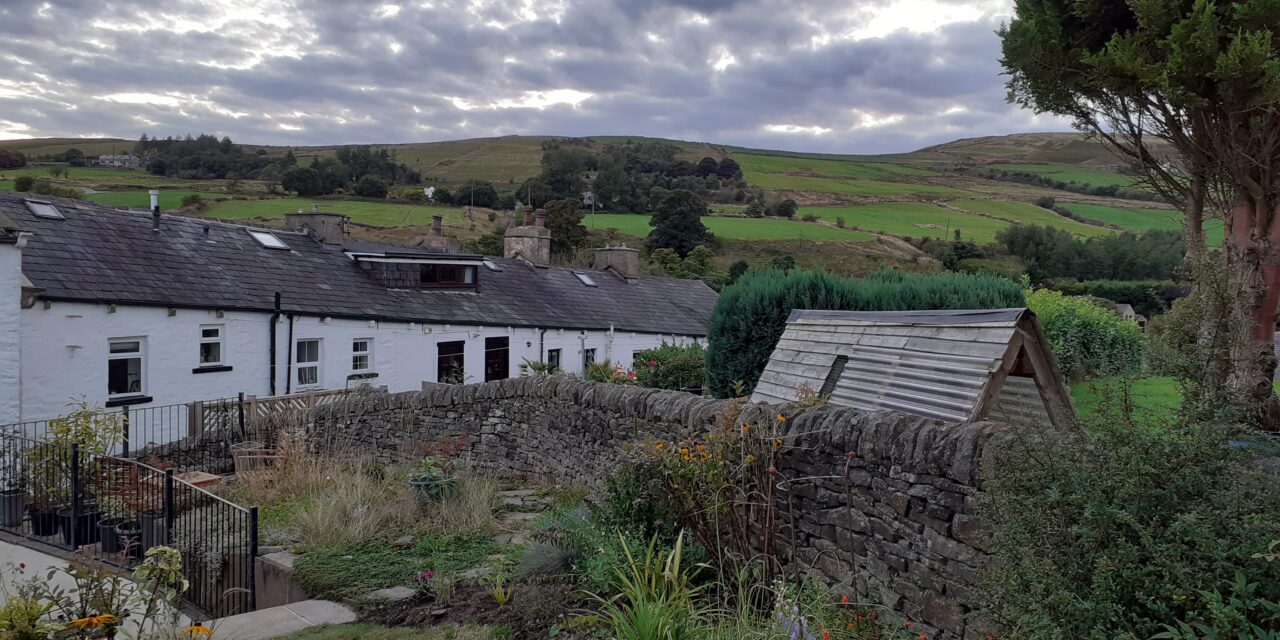Never mind the vernal equinox, the true start of spring is heralded by the return of Gardeners’ World.
Oh, how I’ve missed Longmeadow, Adam Frost and Sir Monty of Don. It just hasn’t been the same without them, and I’ve especially yearned for Monty’s ‘Jobs for the Weekend’ which encourage me to step outdoors and potter happily around my garden.
Of course, I don’t always manage to follow Monty’s advice. Last autumn I was full of good intentions, poised to plant spring-flowering bulbs and sit back and admire my handiwork when the days grew longer and lighter. But life got in the way and, before I knew it, December was upon me and I’d planted nothing at all.
 I’m determined not to make the same mistake this year and will start as I mean to go on. So, when it finally stops raining, I’ll be outside, cagoule at the ready, a fork in hand and soil under my fingernails.
I’m determined not to make the same mistake this year and will start as I mean to go on. So, when it finally stops raining, I’ll be outside, cagoule at the ready, a fork in hand and soil under my fingernails.
Summer-flowering bulbs provide some of the biggest, best and most exotic-looking blooms and lend themselves to borders, containers and patios. But the fully-grown plants can be expensive to buy and where’s the fun in something that a stranger has nurtured and loved? This year, I want to grow from scratch and watch bulbs burst into life on my Northern plot.
Whether you buy your bulbs from the supermarket, garden centre or via on online seller, they should come with instructions on how to plant them. Always remember to plant with the pointed tip facing upwards and, as a general rule of thumb, at roughly three times their depth and one bulb width apart. Having said that, I’m a fan of the scattergun approach, particularly when it come to daffodils and crocus. Provided you protect tender bulbs or tubers from frost and, once shoots appear, water whenever the soil dries out, you should have a colourful display come summer.
Mindful of how time got away from me last year, I intend to plant hardy summer varieties straight into the ground (I’m looking at you, crocosmia) and keep my work to a minimum. I’ve never had a proper garden before and have only recently learned the most valuable lesson: be realistic about what you can achieve. Yes, I want colour all summer long, but I also want to enjoy the process – and the garden.
Then there’s the challenge of peat-free soil. I’ve been buying peat-free compost for some time now, kicking myself whenever I’ve picked up the wrong bag in the garden centre. Thankfully, a government ban on peat use for amateur gardeners comes into force by the end of 2024 (by December 2026 for the professionals). It’s about time. Peatlands are precious biodiverse habitats, vital for both nature and the world’s climate. But we humans have ransacked them for decades, destroying fragile habitats and releasing huge amounts of carbon dioxide into the atmosphere. 
While I know people who are stocking up on peat ahead of the ban (shame on you), there are plenty of alternatives to peat on the shelves of shops and garden centres across the country. You may have to work a little harder to add nutrition to your soil but come on, it’s not rocket science. Homemade compost, leaf mould and mulch all work wonders so what are you waiting for?
Words and images by Helen Nugent, Editor of Northern Soul
This article first appeared in Catena








